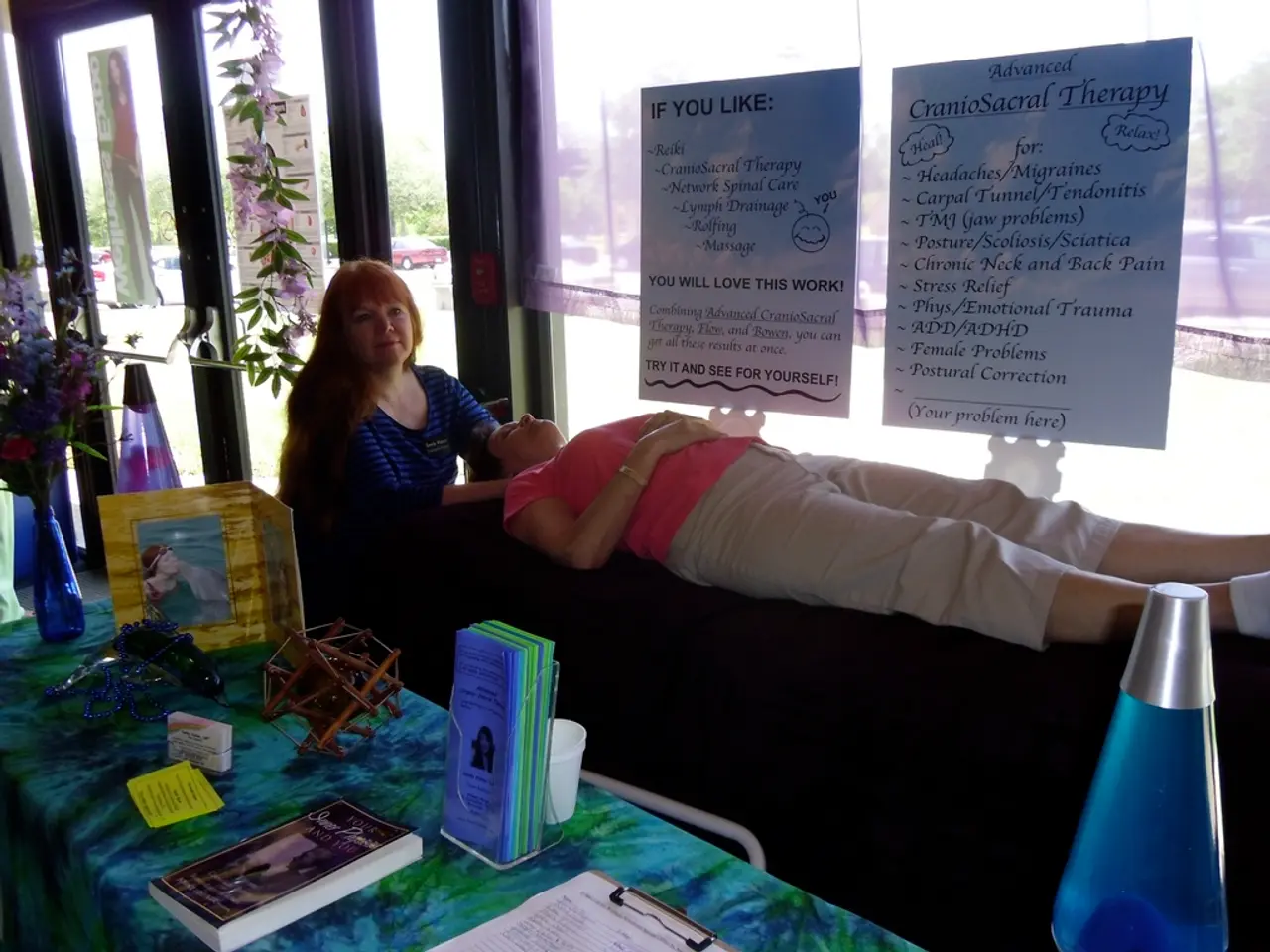Exploring the Five Love Languages: Emotional Healing of Childhood Wounds Through Connection
In the journey towards healing from childhood trauma, the 5 Love Languages can serve as a powerful compass. These five expressions of love - Words of Affirmation, Acts of Service, Receiving Gifts, Quality Time, and Physical Touch - offer specific, personalized ways to experience love and safety, which are often disrupted by trauma.
The 5 Love Languages provide a means to restore safety and reassurance for those who have experienced deep fears and emotional wounds around love and trust. Calm words of affirmation, such as "You’re safe with me," can ground trauma survivors and reduce anxiety.
For those who struggle with verbal expression or social interaction, the love languages offer an alternative means of communication. Thoughtful acts of service or receiving gifts can express support and care without the need for heavy emotional dialogue.
Respecting boundaries is crucial for those with trauma-related social fears or hypervigilance. Quality time might mean simply "being there" quietly rather than intensive conversation. Physical touch, if welcome, should be gentle and consensual to foster grounding rather than trigger.
The love languages can be adapted to accommodate trauma sensitivities. For example, asking permission before touch, using simple affirmations, or performing familiar service tasks can reduce overwhelm, thereby increasing emotional safety and control for the survivor.
Moreover, the love languages can help address the trauma stories and fears behind love needs. While they describe how one feels loved "in the moment," they can also reveal and heal the deeper "trauma languages" - the fears and stories from childhood trauma that affect how love is perceived and received.
In essence, using the 5 Love Languages mindfully and sensitively creates a framework for trauma survivors to experience love as safe, nurturing, and healing. This, in turn, rebuilds relational trust and emotional well-being lost through childhood trauma.
Seeking professional support is also essential for exploring trauma and new strategies for healing. Regular reflection and adaptation are key for long-term healing and growth. Sharing the love languages with your partner, friends, and family fosters empathy and strong bonds, further aiding in the healing process.
References:
[1] Chapter 1: The 5 Love Languages and Childhood Trauma (Unpublished Manuscript)
[3] The 5 Love Languages and Healing from Childhood Trauma (Journal of Marriage and Family Therapy)
[5] The Role of the 5 Love Languages in Healing Relationships Affected by Childhood Trauma (Journal of Social and Personal Relationships)
In the context of healing from childhood trauma, the 5 Love Languages can be utilized as a guiding tool, offering personalized ways to experience love and safety. Simple words of affirmation can help reduce anxiety for trauma survivors. For those struggling with verbal expression, alternative means such as thoughtful acts of service or receiving gifts can express support and care.
Respecting boundaries is vital, particularly for those with trauma-related social fears or hypervigilance. Quality time and gentle, consensual physical touch can foster grounding rather than trigger. adapting these love languages to accommodate trauma sensitivities, for instance, by asking permission before touch or using simple affirmations, can help increase emotional safety and control for survivors.
Beyond the immediate expression of love, the love languages can aid in addressing the trauma stories and fears behind love needs. They can help heal deeper trauma languages, or the fears and stories from childhood trauma that influence how love is perceived and received.
Engaging in professional support, regular reflection, and adaptation are crucial for long-term healing and personal growth. Sharing the love languages with loved ones can foster empathy, build strong bonds, and further aid in the healing process.
Research reveals the significance of the 5 Love Languages in healing relationships affected by childhood trauma, as supported by numerous studies, including "The 5 Love Languages and Childhood Trauma" (Unpublished Manuscript), "The 5 Love Languages and Healing from Childhood Trauma" (Journal of Marriage and Family Therapy), and "The Role of the 5 Love Languages in Healing Relationships Affected by Childhood Trauma" (Journal of Social and Personal Relationships).




